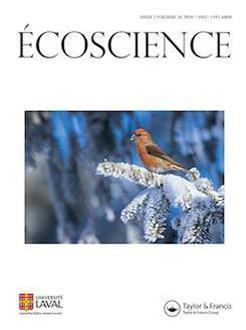Roads and traffic have been implicated in population declines in a number of taxonomic groups. However, there is little research into the potential effects of roads or traffic on spiders. Here, we tested the prediction that there would be fewer aerially-dispersing (i.e., ballooning) spiders at high-traffic than low-traffic roads. We used custom-made sticky traps attached to a vehicle to collect ballooning spiders along 10 high-traffic–low-traffic rural road pairs in southeastern Ontario, Canada. We collected half as many spiders at high-traffic than low-traffic roads. This provides the first published evidence of negative traffic effects on ballooning spiders. Although consistent with our prediction that ballooning spiders are less abundant at high-traffic roads, there are several possible explanations for this finding. Further study is needed to investigate these explanations, including whether the observed traffic effect reflects reduced population sizes near high-traffic roads or reduced ballooning behaviour near high-traffic roads. If the former, then roads may represent a significant conservation concern for ballooning spider species.
How to translate text using browser tools
28 September 2019
Abundance of Aerially-Dispersing Spiders Declines with Increasing Road Traffic
Amanda E. Martin,
E. Pervin,
S. L. Graham,
M. Henry,
L. Fahrig
ACCESS THE FULL ARTICLE
<
Previous Article
|

Ecoscience
Vol. 26 • No. 4
September 2019
Vol. 26 • No. 4
September 2019
Ballooning
road ecology
road kill
traffic intensity
traffic volume





